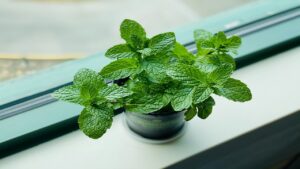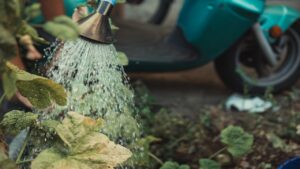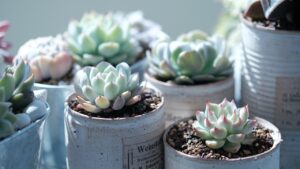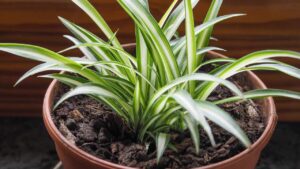Happy Plant, the Beautiful Plant That Purifies Environments
Dracaena fragrans, also known as the Happy Plant, originates from West Africa and belongs to the Dracenaceae family. It’s a popular choice as a houseplant due to its attractive appearance, low maintenance requirements, and air-purifying abilities.

Dracaena plants feature long, slender leaves that possess a soft, velvety texture. These leaves exhibit varying shades of dark and light green, with some varieties showcasing white or yellow stripes. Additionally, the plant produces distinctive, sweet-smelling flowers on tall, thin stems.
Beyond its aesthetic appeal, the happy plant is effective in air purification. NASA even recognizes its air-cleaning qualities, listing it among the plants capable of removing pollutants like benzene and trichloroethylene from indoor air. Therefore, incorporating this plant into your home contributes to a healthier and fresher indoor environment.
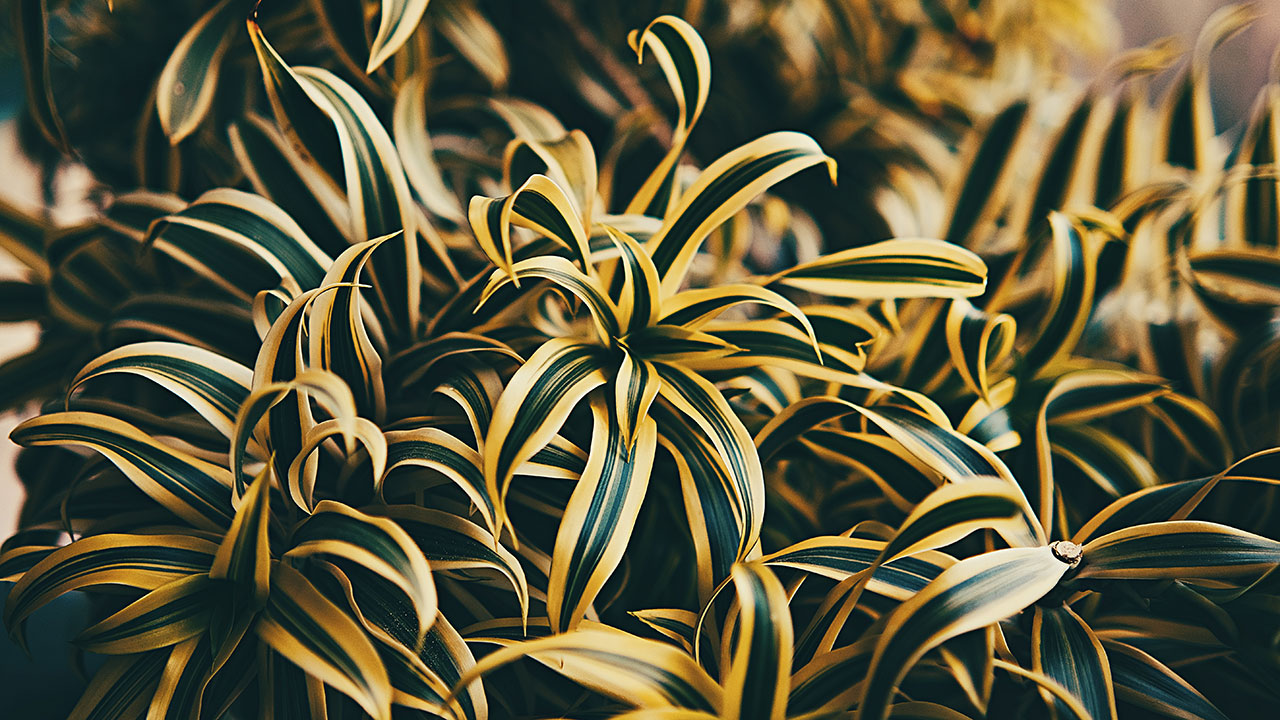
How to Cultivate Happy Plant
Caring for the dracaena is simple; just follow a few guidelines. To ensure the plant’s happiness, provide it with gentle light or some shade. Avoid placing it near windows exposed to direct sunlight, and keep it away from sources of heat like heaters and fireplaces. The plant dislikes extremely high temperatures.

Make sure the soil has good drainage. Use a potting mix for houseplants and add perlite to aid in water drainage. Water the plant regularly, but be cautious not to overwater. Allow the soil to dry slightly between watering sessions. The plant is quite tolerant of occasional lapses in watering, so forgetting sometimes is okay. During spring and summer, fertilize the plant once a month with a houseplant fertilizer. Stop fertilizing in the fall and winter when the plant’s growth is reduced. The Happy Plant doesn’t require pruning. Maintain its shape by trimming overgrown shoots or damaged leaves.
